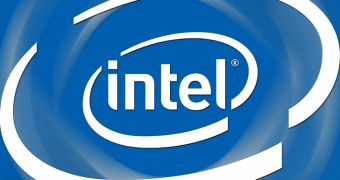Intel may not always be launching new consumer-oriented central processing units, but that's not the only business outlet it has, and it's always working on a new chip or two. In this case, it's making a Core i5 and two Core i7 units for embedded systems.
That means that the central processing units will be used in traffic lights, factory controllers, complex systems like hybrid vehicles, MRI, and avionics, etc.
Well, their specifications will rather limit their usefulness to a few of those potential applications, but we can't tell exactly what they are.
Sure, there are some pages holding information regarding them, but they are not confirmed, and Intel probably won't bother commenting.
So we'll have to wait until the three processors, Core i5-4402EC, Core i7-4700EC and i7-4702EC, are launched this quarter (Q1 2014).
Intel probably won't bother releasing a press announcement when it finally unveils this CPU trio, or the Xeon E5-2524L v2 CPU that are also scheduled for Q1 2014.
Still, industrial customers may appreciate some forewarning, so here it is.
According to the Mouser website, the Intel Core i7-4700EC and i7-4702EC have clocks of 2.7 GHz and 2 GHz, respectively.
They both are quad-core chips with Hyper-Threading technology, meaning that the OS will see eight logical cores (threads) instead of four, allowing it to split the workload better, into smaller chunks.
The Core i5-4402EC, also detailed by Mouser (although, again, this information has not been confirmed), is supposedly a dual-core chip with 3 MB cache memory, 1.6 GHz base clock, and 2.7 GHz maximum Turbo Boost frequency.
It should also possess a DDR3-1600 memory controller. Come to think of it, the Core i7-4700EC and i7-4702EC should have one each as well, if not a faster one.
All the new central processing units, or at least the Core i7 models, should have higher energy efficiency than their predecessors, and a fair few of the chips making up the same generation.

 14 DAY TRIAL //
14 DAY TRIAL //